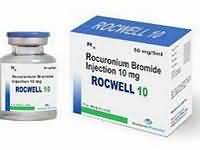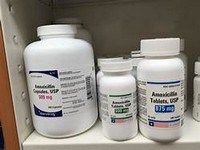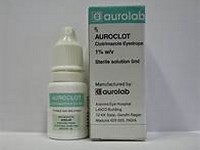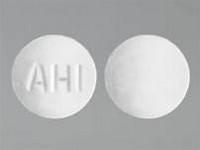rocuronium bromide

CLINICAL USE
Muscle relaxant in general anaesthesia, medium durationDOSE IN NORMAL RENAL FUNCTION
IV injection: intubation dose: 0.6 mg/kg; maintenance: 0.15 mg/kgIV infusion
: 0.6 mg/kg loading dose, followed by 0.3–0.6 mg/kg/hourPHARMACOKINETICS
DOSE IN RENAL IMPAIRMENT
GFR (mL/MIN)
DOSE IN PATIENTS UNDERGOING RENAL REPLACEMENT THERAPIES
IMPORTANT DRUG INTERACTIONS
Potentially hazardous interactions with other drugsADMINISTRATION
Reconstition
–Route
IVRate of Administration
Slow bolus or continuous infusionComments
Compatible with sodium chloride 0.9% and glucose 5%OTHER INFORMATION
Use with caution in renal failure: variable duration of action (range: 22–90 minutes)Use the lowest possible dose in patients with GFR<20 mL/min, as at risk of prolonged paralysis
See how to identify renal failure stages according to GFR calculation
See how to diagnose irreversible renal disease
Home








